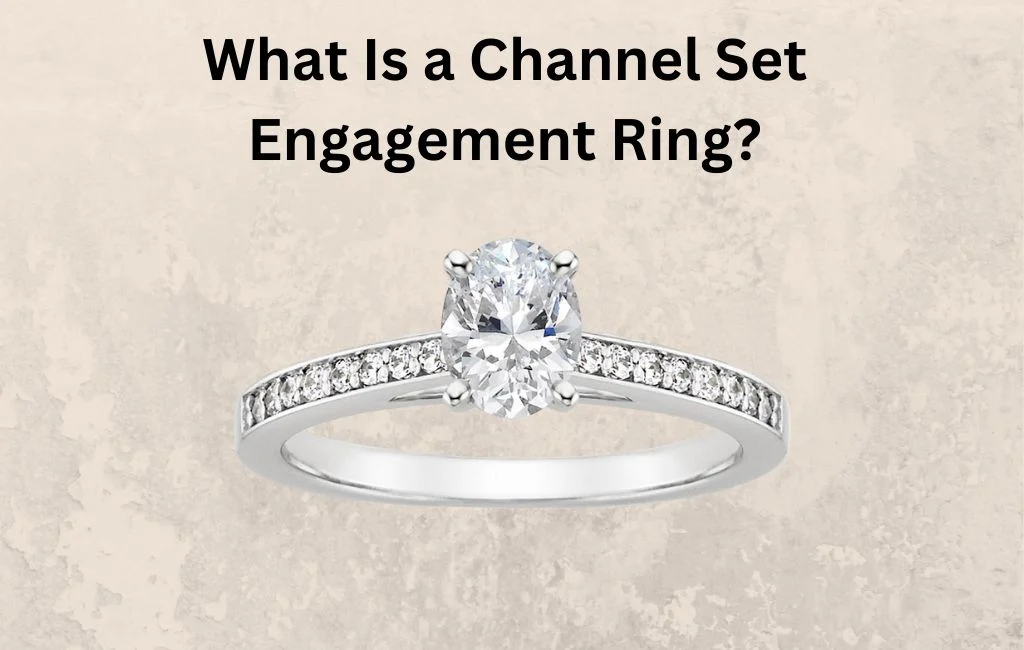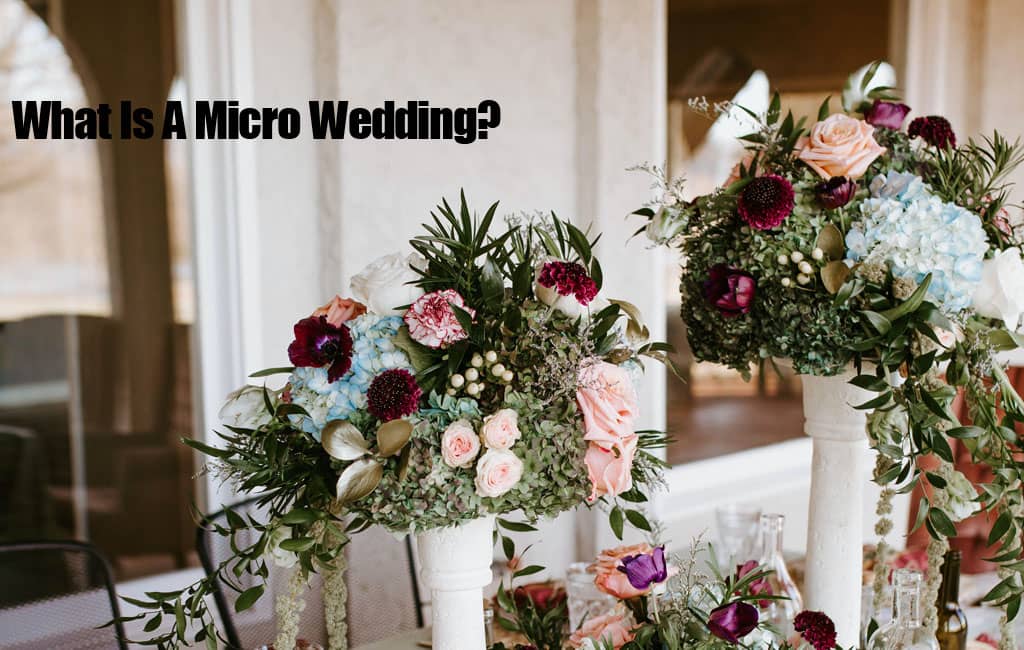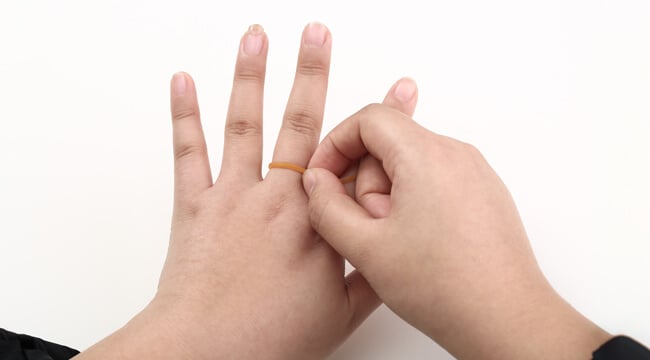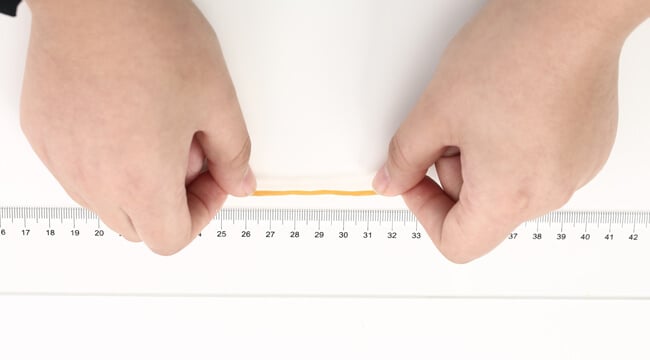Engagement rings are more than just pieces of jewelry; they symbolize the eternal love and commitment between two individuals. When searching for the perfect ring, you’ll come across various styles and settings. Among these, the channel set engagement ring stands out for its exquisite design and timeless appeal. In this comprehensive guide, we’ll delve into the world of channel set engagement rings, exploring their characteristics, advantages, and considerations when choosing one.
What is a Channel Ring?
The term “channel setting” is used to describe both a specific type of gemstone setting and the corresponding ring design. Typically, gemstones are secured using prongs, which are small metal arms designed to hold the stones in place. In contrast, a channel setting forgoes prongs and positions the stones within a channel formed by two metal bands with precisely crafted grooves.
This innovative design achieves a seamless and elegant surface while ensuring the secure placement of the gemstones. Unlike traditional prong settings, channel set rings offer a smooth and snag-free appearance, making them an excellent choice for individuals with an active lifestyle.
When Were Channel Rings Invented?
The channel set ring design emerged in the early 20th century, during the Art Deco period. Art Deco was an influential art and design movement that lasted from the 1920s to the 1930s. This era was marked by a fascination with geometry, symmetry, and bold, streamlined aesthetics. The channel setting was a perfect complement to these ideals, as it allowed for the seamless integration of gemstones into the overall design.
The channel setting has remained popular throughout the years and continues to be a classic choice for both engagement rings and fashion jewelry. It has also been adapted and combined with other setting styles to create unique and modern designs.
Pros and Cons of the Channel Setting
Pros:
Cost-Effective Choice: If you’re working within a limited budget, the channel setting offers an advantage by allowing you to opt for less expensive diamonds. This is because it conceals imperfections and effectively highlights smaller stones, making them appear more impressive.
Uniform Appearance: Channel-set rings can mask variations in diamond sizes, ensuring a consistent and cohesive look. You won’t need to set each stone individually, which ultimately reduces the overall cost of the ring.
Enhanced Durability: The metal walls encasing the delicate girdle of each diamond in a channel setting provide superior protection compared to pavé or bead-set bands. This design minimizes the risk of damage and keeps the diamonds secure. Additionally, channel-set bands are less prone to snagging on clothing.
Cons:
Prone to Accumulated Dirt: A significant drawback of channel-set rings is their tendency to collect dirt and debris. When foreign substances, such as dirt or lotion, accumulate between the stones, it can quickly diminish the ring’s sparkle. Regular maintenance and cleaning are necessary to keep it looking its best.
How to Care for Your Channel Set Engagement Ring
To ensure the lasting beauty of your channel set engagement ring, proper care is essential. Here are some tips to keep it looking its best:
1. Regular Cleaning: Clean your ring with a soft brush and mild soapy water to remove dirt and oils that can dull its sparkle.
2. Professional Maintenance: Periodically have your ring inspected by a professional jeweler to check for loose stones or any necessary repairs.
3. Safe Storage: When not wearing your ring, store it in a soft pouch or a separate jewelry box to prevent scratching.
4. Avoid Harsh Chemicals: Remove your ring when using harsh chemicals or engaging in activities that may subject it to potential damage.
FAQs
Q: Are channel set engagement rings suitable for everyday wear?
A: Yes, channel set rings are known for their durability and comfort, making them perfect for everyday wear.
Q: Can I customize a channel set ring with colored gemstones?
A: Absolutely! Channel set rings can be customized with a variety of gemstones to add a personal touch to the design.
Q: Do channel set rings require more maintenance than other styles?
A: Not necessarily. Regular cleaning and maintenance will keep your channel set ring looking its best, just like any other ring.
Q: Are channel set rings resizable?
A: Yes, most channel set rings can be resized by a professional jeweler, but it’s best to consult with them for the safest approach.
Q: What is the average cost of a channel set engagement ring?
A: The cost varies based on factors like metal, stone quality, and size, but you can find beautiful channel set rings to suit a range of budgets.
Q: How do I ensure the stones in a channel set ring stay secure?
A: Regular check-ups with a jeweler to inspect the stones and ensure they’re securely set is the best way to maintain their security.






